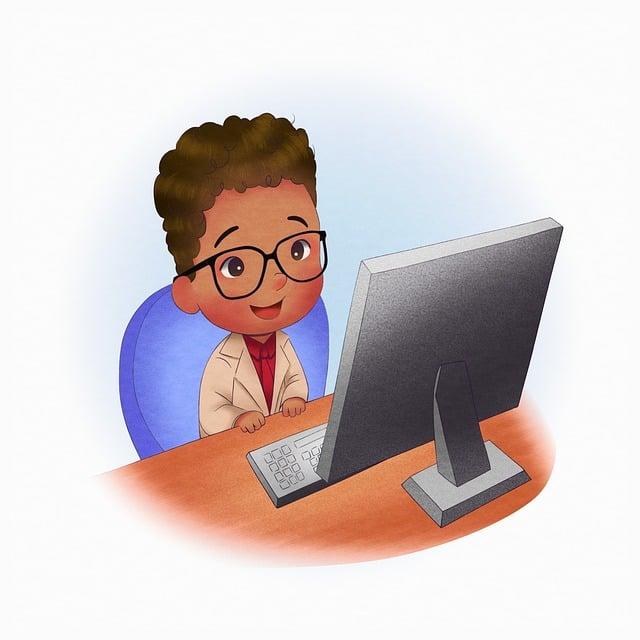In a world that thrives on creativity, the joy of making music often comes with its own set of challenges. Imagine pouring your heart and soul into a melody, only to realize that someone else is playing your song without a second thought. The realm of music is not just about beats and lyrics; it’s a vibrant soundscape where originality meets legal protection. So, how do you safeguard your creative work while allowing it to resonate with listeners? This guide aims to demystify the often-overlooked process of copyrighting your music. Whether you’re a budding artist or an experienced producer, understanding the ins and outs of copyright can empower you to take control of your art. Let’s dive into the essentials and explore how to navigate the layers of music copyright, ensuring your creations remain uniquely yours in this bustling world of sound.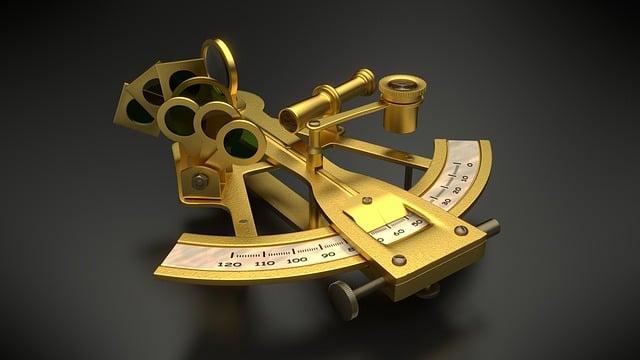
Understanding Music Copyright Basics
When diving into the world of music copyright, it’s essential to grasp the key concepts that protect your creative work. At its core, music copyright is all about ownership; you’re claiming your right to the songs you create. Think of it like a shield that guards your original compositions from being used without permission. To kick things off, you should know that copyright covers various elements like the melody, lyrics, and even specific recordings. If someone wants to utilize your work—like sampling that catchy hook you came up with—they need to get your explicit go-ahead. This not only keeps you in the driver’s seat when it comes to how your music is used but also ensures you receive proper compensation for your hard work.
Now, navigating the copyright landscape isn’t as complicated as it might seem. Here are a few essentials to keep in mind:
- Registration: While your music is protected as soon as you create it, registering with the U.S. Copyright Office provides legal advantages if disputes arise.
- Duration: Copyright lasts for the life of the creator plus 70 years, giving your work an extensive protective period.
- Fair Use: Understand that there are limitations; others may quote or use your music under certain conditions without infringement.
By understanding these basic principles, you’re one step closer to securing your creations in this vibrant soundscape!
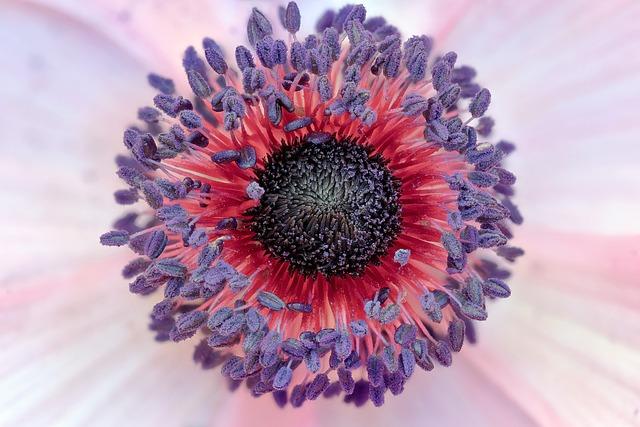
Protecting Your Creative Work Through Registration
As a creative musician, securing your rights is essential for safeguarding your hard work. Registering your music isn’t just about putting a stamp on your creation; it’s like installing a top-notch security system for your home. Imagine pouring your heart into a song only to see someone else profit from it—devastating, right? By registering your works with the U.S. Copyright Office, you’re not only establishing official ownership but also unlocking the power to defend your rights in case of any infringement. This step acts as a legal shield, allowing you to focus on what you do best: making music.
Consider these key benefits of registering your music:
- Legal Protection: You gain the ability to take legal action against anyone who uses your music without permission.
- Public Record: Your registration creates a public record of your work, making it easier to prove ownership.
- Eligibility for Statutory Damages: In case of a dispute, registered works allow you to claim higher damages.
- Peace of Mind: With legal protection in place, you can create without worry.
In addition to copyright, think about registering your work with performance rights organizations (PROs). This is like getting a VIP pass for your music to be played on the big stage—both literally and figuratively. Through PROs, you can receive royalties whenever your songs are performed live or broadcasted, ensuring that you get compensated for your efforts. Here’s a quick table comparing a couple of popular PROs:
| Organization | Membership Fee | Major Benefits |
|---|---|---|
| ASCAP | None | Royalty collection, Workshops, Networking events |
| BMI | None | Royalty tracking, Educational resources, Performance opportunities |
Registering your creative work is not just a bureaucratic task; it’s an investment in your future as a musician. Each step you take toward protecting your art helps to ensure that your melody resonates fully with the world, all while keeping your rights intact.
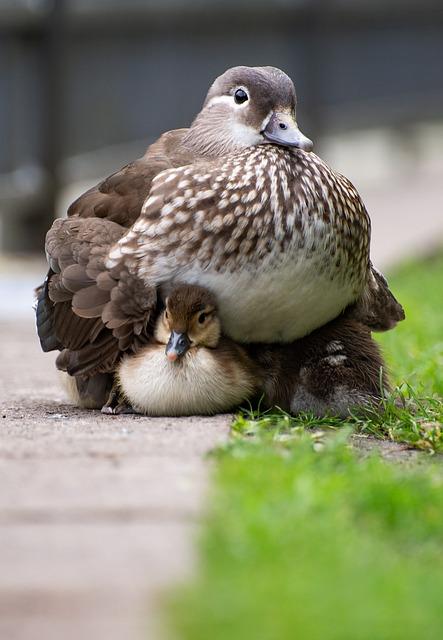
Navigating Licensing and Fair Use in Music
When delving into the world of music, understanding the intricate dance of licensing and fair use is crucial. Just imagine creating a stunning melody that captures the essence of a moment—now, picture someone using that very same tune without your permission. Not cool, right? So, getting a grip on music licensing helps protect your artistic expressions. It’s not just about playing the game; it’s knowing the rules. Licensing typically falls into a few categories: synchronization licenses for pairing music with visuals, mechanical licenses for reproducing and distributing your music, and performance licenses for public plays. Navigating these types can feel like wading through a maze, but with the right guidance, you’ll find your way out without losing your creative spirit.
On the flip side of that coin is the concept of fair use, which can often seem as slippery as an eel. Fair use allows for some degree of copying, but it boils down to specific criteria. Think of it as a balancing act between protecting your work and allowing others to reference it in a transformative manner. Here are some factors that help determine fair use:
- Purpose and Character: Is it for commercial use or education?
- Nature of the Work: Is it published or unpublished material?
- Amount Used: How much of the original is being used?
- Effect on Market Value: Will it harm the original’s market?
This balancing act can make all the difference, so keep your artistic instincts sharp while playing the licensing and fair use game.
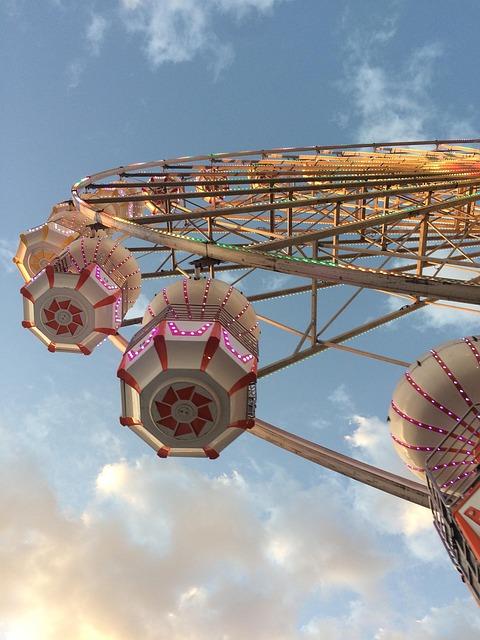
Exploring International Copyright Considerations
When it comes to protecting your music internationally, things can get a bit murky. Each country has its own copyright laws, which means that what works in your home turf might not hold up elsewhere. It’s like trying to navigate a maze where every turn you take presents new rules and regulations. To make things easier, consider these essential points:
- Berne Convention: This international agreement ensures that copyright is recognized across member countries. It’s like an invisible web of protection for artists.
- Duration: The length of copyright varies, with some countries offering shorter terms, so you’ll want to check specific timelines.
- Moral Rights: Some nations uphold the creator’s right to control how their work is used and even how it’s presented. This can impact how you distribute and showcase your music abroad.
To get a clearer picture, it helps to visualize the key differences in copyright protections around the globe. Here’s a helpful table to break it down:
| Country | Duration of Copyright | Moral Rights Recognized |
|---|---|---|
| United States | Life of the author + 70 years | No |
| United Kingdom | Life of the author + 70 years | Yes |
| France | Life of the author + 70 years | Yes |
| Japan | Life of the author + 70 years | Yes |
Understanding these nuances can save you from potential headaches down the line. A proactive approach, including registering your music in key markets or consulting with a copyright expert, can arm you with the knowledge needed to navigate this intricate soundscape and protect your artistry everywhere you go.
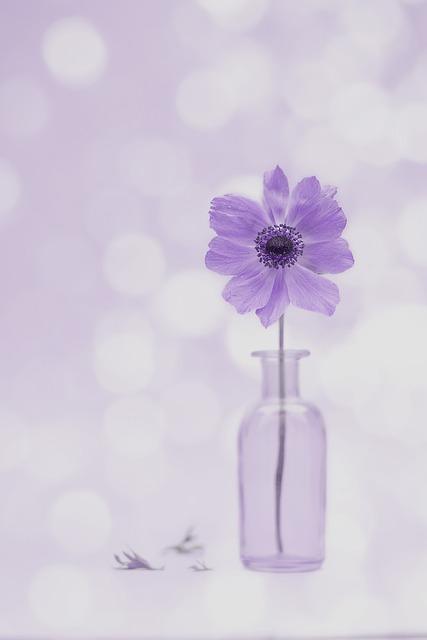
Future Outlook
As we wrap up this sonic journey through the intricate world of music copyright, it’s clear that protecting your creative masterpieces is as vital as composing them in the first place. Think of your music as a garden, blossoming with unique melodies and rhythms—without the right tools to safeguard it, those blooms could be trampled. By understanding the ins and outs of copyright law, you’ll not only fortify your artistic creations but also pave the way for greater opportunities down the road.
Navigating the soundscape can feel daunting, but armed with the knowledge you now have, you can venture into it with confidence. Remember, every note you write deserves to be cherished and protected, just like the heartbeat of the story it tells. So go ahead, create freely but tread wisely in this creative landscape. The soundscape is yours for the taking—just make sure it’s in your name. Happy creating!

